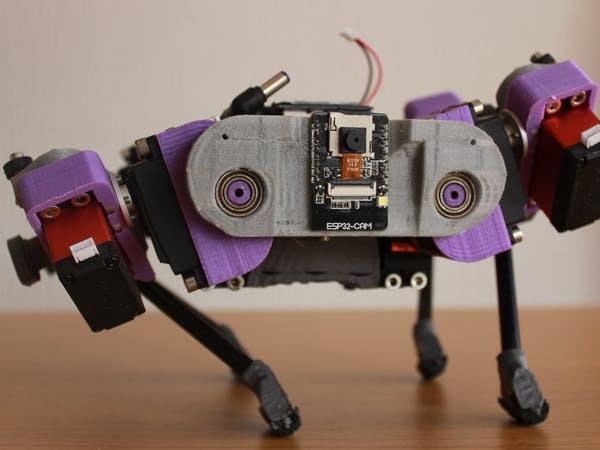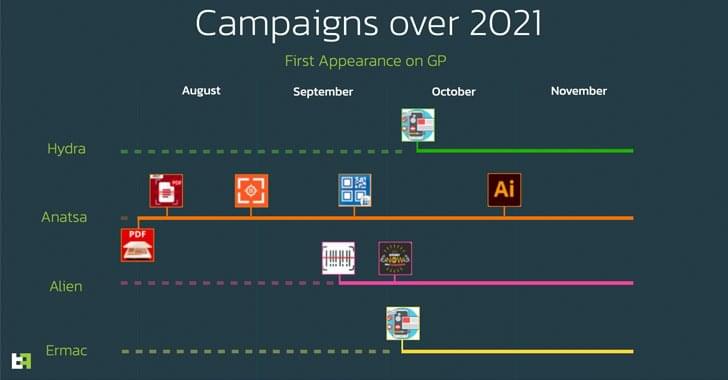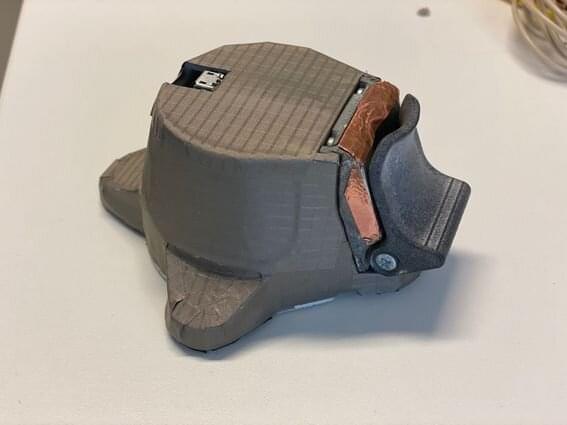
Created by Wissam Tedros, RoDog is a reliable and hobby-level quadruped robot constructed out of accessible parts. The project implements a dozen RC servos actuators, measurement units such as a gyroscope, accelerometer, magnetometer, and unity for inertial measurement, an ESP32-CAM for streaming and WiFi connectivity, an OLED display, and more, all within a 3D-printed casing.
Entirely open source, Tedros’ post includes the BOM and all necessary files, as well as notes on mechanical design and assembly and data obtained from a MATLAB Simulink trial of the inverse kinematic control used with the embedded system. RoDog features a custom STM32F4 board for its brain, with the design available in full detail. The bot is quite compact at 20×10×5 cm, and the 12 motor controller board incorporates position and current feedback.
It is still in development 0, having gone through many iterations and tweaks, most of which are logged in the project files. However, its current form should perform well as a hobbyist’s robotic pet with room for add-ons.


















